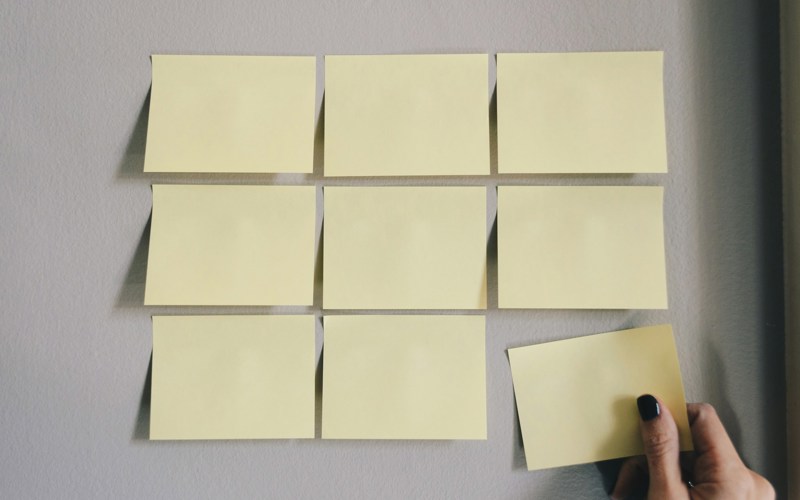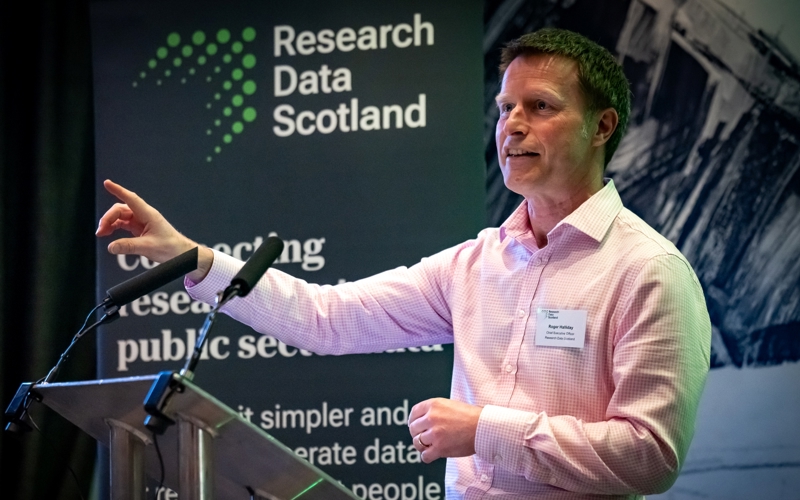
A partner’s perspective on collaborating to develop the Researcher Access Service
We hear our partner’s perspective from electronic Data Research and Innovation Service (eDRIS), which is part of Public Health Scotland, on collaborating to create and manage the Researcher Access Service.
Michael Sibley
27 Jun 2024



